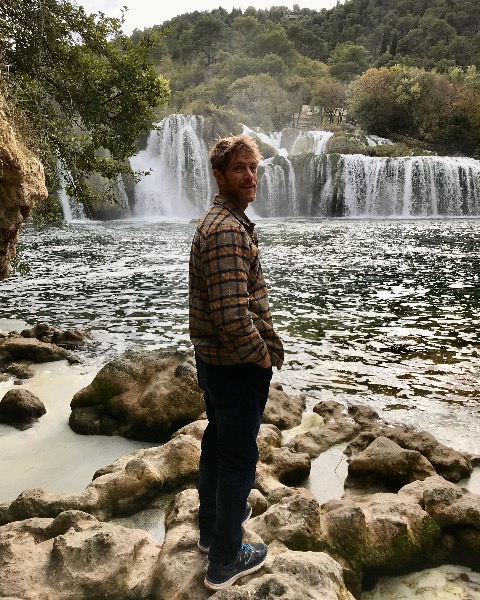Concurrent Session
Session: Inspections, Investigations, and Construction
CS33A - Concurrent Session 33A: A Reservoir of Data – Comprehensive geophysical and geological site characterization for efficiency and cost savings across the project lifespan
Wednesday, September 25, 2024
8:30 AM - 9:00 AM MT
Location: Colorado Convention Center, Meeting Room 505-507

Will Levandowski, PhD
Tetra Tech
Chapel Hill, North Carolina
Presenter(s)
Complex geologic settings pose challenges to newly planned reservoirs and existing dams. State-of-the-art tools provide a more complete understanding of the subsurface, and aid in foundation design, on-site sourcing of construction materials, and minimizing reservoir loss due to infiltration. A planned 93,000 acre-ft reservoir site in the central Colorado Rocky Mountains was faced with evaporite karst, dozens of cross-cutting faults, and incompletely mapped and heterogeneous volcanic stratigraphy, while the presence of cultural resources restricted invasive subsurface exploration across much of the site. A multi-year phased approach was adopted to integrate the normally disparate geologic site characterization, reservoir layout, dam and foundation design, and construction planning with multi-scale geophysical imaging providing continuity throughout the project phases. First, efficient and non-invasive microgravity (microGal-precsion relative gravity) surveys provided a coarse yet comprehensive site-wide model within days, delineating the most problematic geology. The reservoir layout was quickly redrafted to avoid these features and take advantage of a structural basin lined by locally sourced volcanic flows. Subsurface bedrock ridges identified in microgravity guided alignment of the four dams (~10,000 linear feet), and bedrock topography was incorporated into foundation designs to optimize stability and minimize excavation. Targeted 2D/3D seismic imaging provided additional detail of areas of interest along the alignments, such as hidden alluvial channels and fault zones, provided estimates of geotechnical moduli, and allowed strikingly efficient siting of subsequent invasive investigations. With more than 100 boreholes—averaging 150 feet depth—completed, this empirical geotechnical data and geologic “ground truth” ultimately guided dam construction design, from siting to seismic design and from on-site sourcing of quarries and fill material to hydrologic modeling. The investment in robust site characterization that unifies geology, geophysics, hydrogeology and geotechnical engineering laid the foundation for integrating planning, design, and construction, providing efficiency and cost savings throughout the project lifespan.
